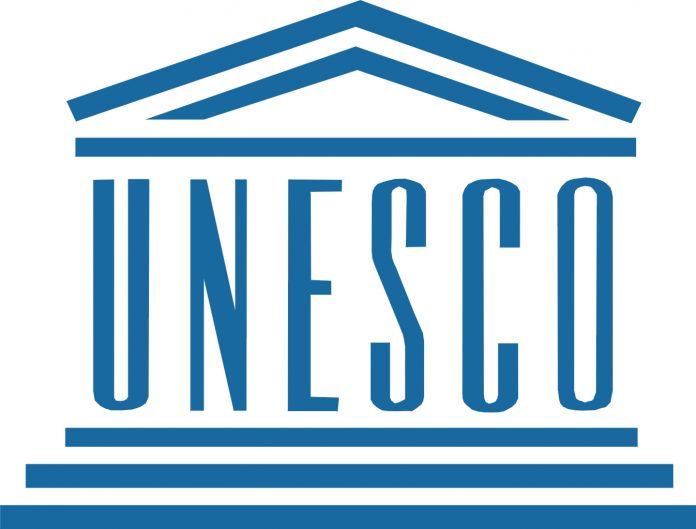

The United Nation Education, Scientific Cultural Organization, UNESCO, says at least 59 media workers were killed in 2020 in their bid to stand up for access to information and factual reporting “as a public good”.
According to the 2020 UNESCO Director-General’s Report on the “Safety of Journalists and the Danger Impunity”, published to coincide with the International Day to End Impunity for Crimes Against Journalists, stated that on average in the past decade, one journalist has their life every four days.
Although 2020 saw one of the lowest tolls in years, UNESCO Director-General Audrey Azoulay, said that rarely, if ever, had journalism been so relevant to democracy and to the protection of human rights, as the world continues battling the coronavirus and the ‘infodemic’ that surrounds it.
The pandemic has been a “perfect storm” that has affected press freedom worldwide, Ms Azoulay said adding that “protecting journalism is protecting the truth”.
With 22 killings each, Latin America and the Caribbean, together with Asia and the Pacific, registered the highest number of fatalities among journalists.
This was followed by the Arab States Region with nine deaths and Africa with six.
Impunity for crimes against journalists has continued to prevail in nearly nine out of 10 cases, despite a small improvement in 2020, UNESCO said.
The launch of the report was accompanied by a high-impact global awareness-raising campaign from UNESCO, Protect Journalists, Protect the Truth.
“All too many killings still occur and non-fatal attacks and harassment continue to soar. 2020 brought to the fore the dangers facing journalists as they report on protests such as Black Lives Matter demonstrations and other movements around the world”, said UNESCO.
Earlier this year, the agency identified 125 protests in 65 countries at which journalists were attacked or arrested, between 1 January 2015 and 30 June 2020.
Twenty-one of these events took place during the first half of 2020, but the number of incidents has gone on rising during the second half of the year.
Additionally, said UNESCO, the safety of women journalists remains a major source of concern.
Challenges to the safety of journalists were exacerbated by COVID-19, the statement said.
“The crisis it unleashed has threatened the very viability and survival of professional media outlets, due to the associated advertising revenue loss, creating “an even more precarious environment for media workers with new challenges to their right to seek, receive and impart information.”
Additionally, in many countries, emergency legislation and measures adopted to curtail the spread of the virus have served as an alibi to restrict freedom of expression and of the press, the agency noted.
Together, these conditions have formed what many have called a “perfect storm”, UNESCO added, leading to fear that the profession of journalism risks facing “extinction”, as noted in the agency’s brief Journalism, Press Freedom and COVID-19.

You may be interested

Arsenal Move Up To Second After 1-0 Win Vs Ipswich
Webby - December 27, 2024A Kai Havertz first half strike earned Arsenal a hard-fought 1-0 win against struggling Ipswich in Friday’s Premier League game.The…

Exclusive – CHAN 2024Q: Yusuf Vows ‘Christmas Gift’ Victory Over Ghana For Nigeria
Webby - December 26, 2024Anas Yusuf, the Super Eagles B forward, has emphasised the significance of Saturday’s Championship of African Nations (CHAN) 2024 qualification…

Liverpool Inflict Another Defeat On Leicester, Extend Lead In League Table
Webby - December 26, 2024Liverpool recovered from an early setback to defeat Leicester City 3-1 in Thursday’s Premier League game at Anfield.The win means…


















![American Pastor, David Wilson Seen Eating The Box Of Woman Who Isn’t His Wife [Video]](https://onlinenigeria.com/wp-content/uploads/2019/10/american-pastor-david-wilson-seen-eating-the-box-of-woman-who-isnt-his-wife-video-150x150.jpg)







